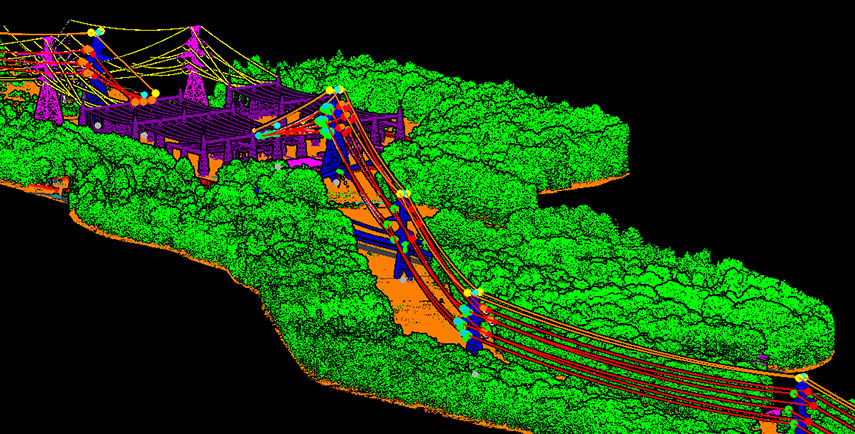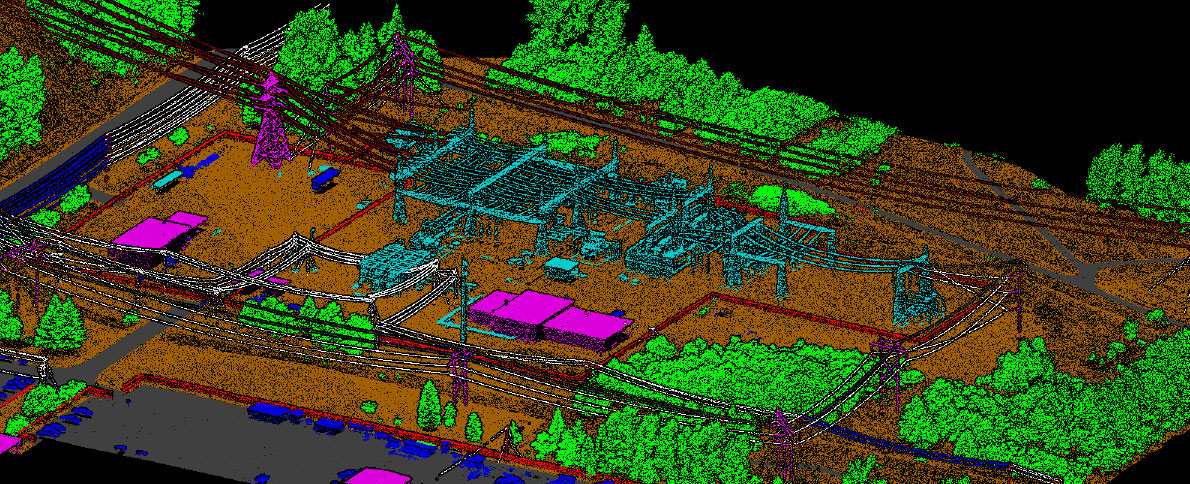In case of utilities, geospatial data is not only helping in monitoring the performance of infrastructure, but also enabling better management of underground utilities by providing easier access to information about them. Spatial data is aiding in generating insights, analyzing, visualizing and monitoring the utility assets.
Across the world, the utility sector is focusing more and more on adoption of digital technologies for achieving better performance. Data plays a pivotal role in this digital transformation journey of utilities. However, some challenges occur when it comes to getting quality data. Due to the huge volume of data the utility sector is swamped with on a regular basis, it often becomes challenging for the managers to achieve desired outcomes in data sourcing, processing, curation, validation and management .

To achieve sustainable growth, it is important for the utility sector to have energy usage reduction goals. To achieve this goal, the stakeholders need a solid benchmark of current usage and that’s what a robust energy data management system can provide with. The historical data can be used to make predictions about the future usage. A data-driven strategy can also aid in clean energy adoption.
The right kind of data can bring significant improvements in utility planning, market segmentation and engagements with customers. But the task becomes challenging with inputs received from a wide variety of sources and considering the complexity of GIS, SCADA, smart meter and CIS systems. However, data management can become simpler with the help of the right partner. A platform that combines the prowess of machines and humans can be the answer to all problems in utility data management.
For achieving efficacy in utility data validation, cleansing, analysis and more, expert help is advised. An expert utility data service provider can help you in managing and visualizing your utility data. A unified data management framework, by efficiently consolidating the data from disparate sources, tracking data lineage and reducing errors and inconsistencies can help in achieving the highest quality in the data. Along with ensuring that the data conforms to established standards and regulations, the framework can prepare the data for analytics and reporting. A framework brings in successful outcomes by ensuring that the accountability is fixed, data ownership is assigned and a focused approach is followed to achieve data improvement.

Poor quality data is an ongoing challenge for the utility sector. This mainly happens because massive volumes of data keep pouring in from disparate sources. To make this data useful for analysis, it has to be validated, curated, cleaned and managed well. While automated tools ease the process, 100% efficiency is achieved only with the help of human expertise.
Effective data management is the key to success here.
Good quality utility data lays the foundation for successful energy management. Validated, standardized data is critical for the utility industry and the stakeholders should not think twice before investing in efforts which can help them in achieving the highest standards in data quality, governance, management, analytics and more.
This is necessary, if we desire to have a safer, greener world for our future generations.